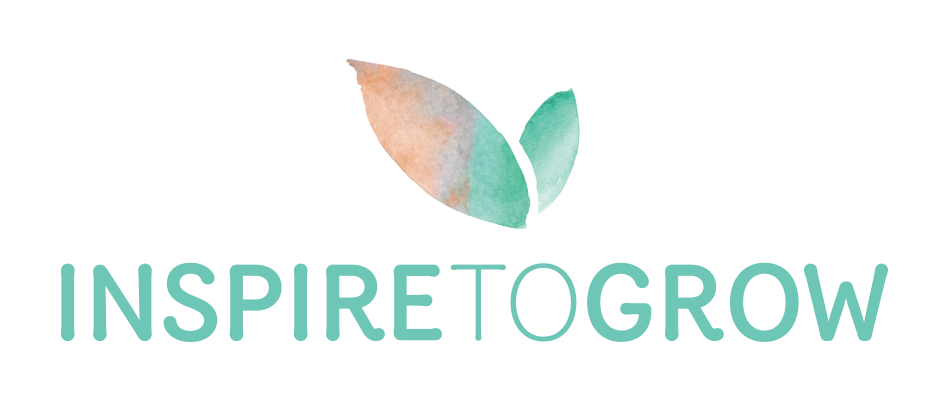If you’ve ever complained about a group because they were not saying anything (as I have in the past), this bit is for you. Since mastering the skill I’m about to share, I no longer struggle with getting people to speak up. Here’s something I’ve come to know for sure:
The group is always speaking.
It might not be with words, but the communication is there- all the time - waiting for you to engage. Non-verbal communication is always present.
Once you learn to pick up on and use the groups’ non-verbal cues, you will notice it’s many advantages:
Your participants will feel valued and important.
Your participants will feel seen by you and therefore feel the need to be present/participate.
Your participants will feel invited to speak up.
You’ll uncover tensions that could hinder the training—before they actually do.
Step 1: Noticing non-verbal cues
Your first order of business is to start noticing these cues. Dedicate some mental capacity to keeping an eye on your participants at all times. Here are some key signals to watch for:
Step 2: Responding to non-verbal cues
Once you start noticing these signals, it’s time to use them in your communication. You have two options:
Indirect approach
This is when you pick up on a cue and let it inform your actions/decisions as a trainer. For example:
The group slouched in their chairs with an unfocused gaze in their eyes.
You assume they’re tired and you decide to take a break.
Someone looks puzzled when you’re giving an instruction.
You assume that they don’t get it yet and ask the group: ‘Can someone repeat my instruction to see if I have explained it clearly?’.
Someone is sitting slightly outside of the training circle.
You assume they feel left out and direct your next question to them to involve them.
Using this approach brings you an advantage, a potential problem and a missed opportunity.
Advantage: Especially if you have some years of experience under your belt, your people-reading skills will probably be above average. Adjusting your style and decisions based on this will allow you fine-tune your approach that much better.
Potential problem: You are using assumptions. From time to time your assumptions will be wrong. Whatever action or decision you make as a consequence might not fit the situation. Let’s look at the first example. The group might be slouched and with an unfocused gaze not because they’re tired, but because you have been talking for far too long and they have completely lost interest. A break will not solve the fact that you need to learn to speak less and involve the group more.
Missed opportunity: Using an indirect approach you are not making the group aware of the fact that you are paying attention to them. You will miss out on the opportunity to make them feel seen and all of the effects that come from that. Using only an indirect approach therefore, as most beginner trainers do, will not boost interaction and engagement. Adding a direct approach to your repertoire will help you solve this problem.
Direct approach
This is when you pick up on a cue and then:
call it out
invite a response
let the information that comes up inform your actions/decisions.
Obviously, there are many ways of calling out these cues. Especially if you’re starting out though, there is a formula that can provide you with an easy way to approach this:
‘It looks/feels/seems/sounds like… [insert your assumption]’
followed by a pause that invites the person or the group to reply
The information that comes up based off of this will then inform your actions/decisions. In many cases you would need one or two follow-up questions to get to the right information.
Example 1
You’ve asked a question. No one answers, but someone looks like one participant might have a thought around this.
You: ‘It looks like an answer is brewing in your head!’
Participant: ‘Well yeah, I was thinking it might be …’
Example 2
Someone makes a sceptical-sounding noise in response to what you’ve just said.
You: ‘It sounds like you might have your reservations around this?’
Participant: ‘Well, I think there would be some definite risks in approaching it like this’
You: ‘How so?’
Participant: ‘Well, because …’
You: ‘Well that’s definitely something to consider… Does everyone feel the same?’
Example 3
Group looks tired and absent-minded
You: ‘It feels like we have a challenge in the energy-department, what’s up?’
[silence and some uncomfortable glances]
You: ‘It seems like there might be something going on that I’m unaware of?’
Participant: ‘Well, we’ve been listening for a while now and since it’s quite hot, I think that’s impacting our energy levels’
You: ‘Thank you for that, I appreciate it. It seems I might have fallen into that illustrious trainer-pitfall of talking too much, am I right?’
[some relieved smiles and confirmations]
You: ‘All right, what do you say to a break right now, and then we’ll move into an exercise after the break?’
Why I love the direct approach
My absolute favorite thing about this direct approach is that you uncover tensions that might hinder the training at an early stage. Example 2 (scepticism) and 3 (tired & absent) would, if unaddressed, probably turn into full blown resistance later on. By identifying this early and addressing it in the moment, you prevent tensions from escalating and resistance from building up.
Final thought
If you start paying attention to non-verbal cues, you’ll never have to wonder why a group isn’t talking again—because they are talking. You just have to learn how to listen.
This is an excerpt from my upcoming book on how to deliver awesome trainings. It comes from the chapter Interaction. This theory is also covered in my Train-the-Trainer programme: Inspire to Develop.

